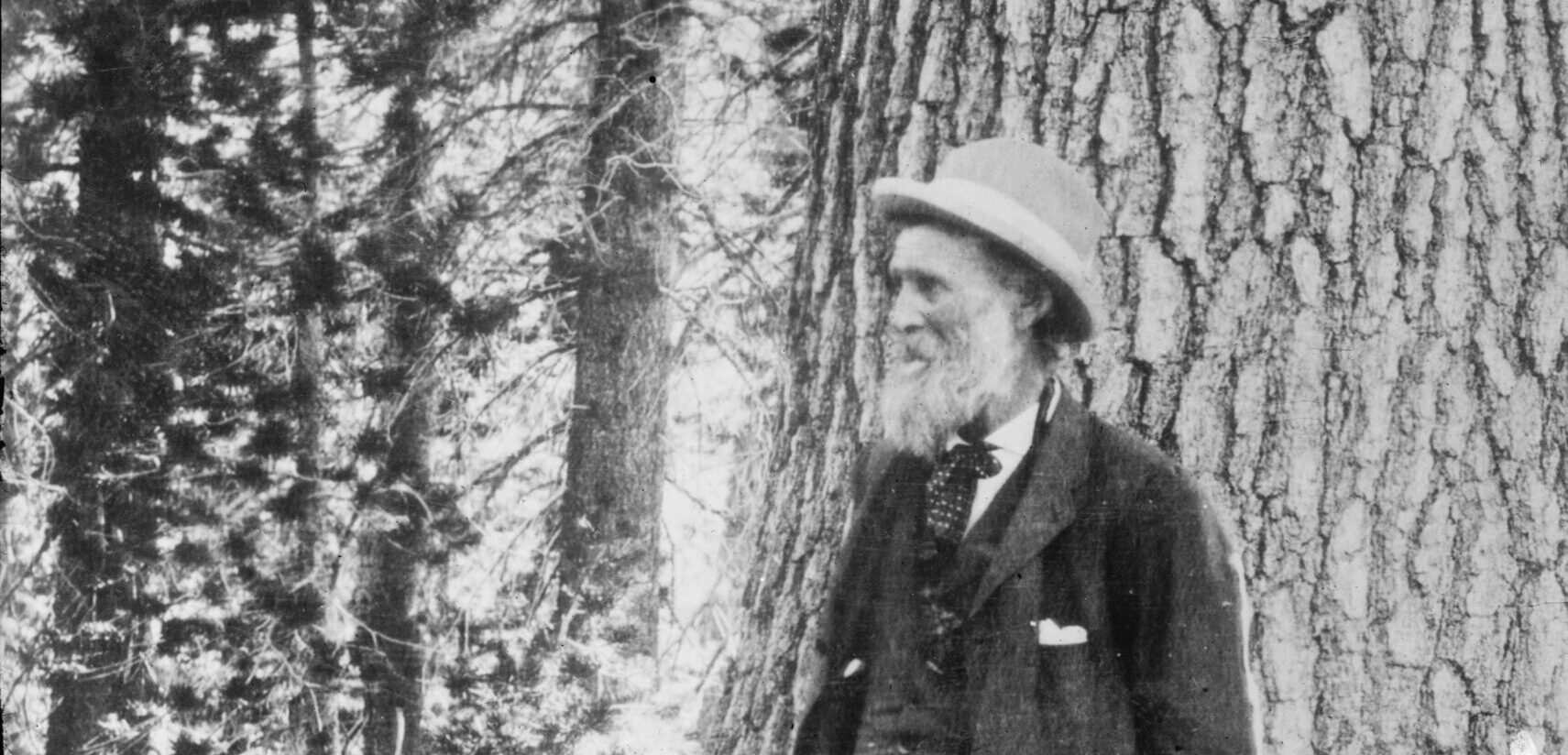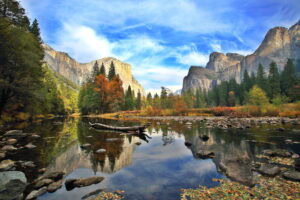John Muir, the Father of National Parks
Who is John Muir? A wilderness prophet. An environmental philosopher. A man whose words and actions influenced president Theodore Roosevelt to consider more innovative wilderness conservation programs that would later establish the first national monuments by presidential proclamation and Yosemite National Park by congressional action.
John Muir, a Scottish-American, was considered an influence to both his lineages. His wilderness essays, letters and books, including “The Mountains of California” and “My First Summer in the Sierra,” detail his time in the Sierra Nevada and recount his explorations on foot through the mountains, glaciers, forests and valleys of California while also discussing the earthly and natural history of the land. John Muir wrote about patterns of tree growth, potential glacier activity, the daily life of animals, insects, and deliberated on some of life’s greatest questions while traveling the world.
John Muir famously loved the mountains and his philosophies were gleaned from his time spent in the wilderness. Perhaps two of the most famous nature quotes were dubbed by Muir, “The mountains are calling, and I must go,” and “Thousands of tired, nerve-shaken, over-civilized people are beginning to find out that going to the mountains is going home; that wildness is a necessity.” His way of thinking was unlike any other writer, ecologist or naturalist of the time.
While John Muir’s quotes incite tremendous inspiration in and of themselves, it was his dedication to nature and his wide-reaching travels that stretched as far as the Alaska glaciers and the Amazon that reminded people of the importance of protecting the Earth’s natural beauty. He expressed his travels in such a poetic way that nature itself was quickly romanticized and more and more people began to follow his work.
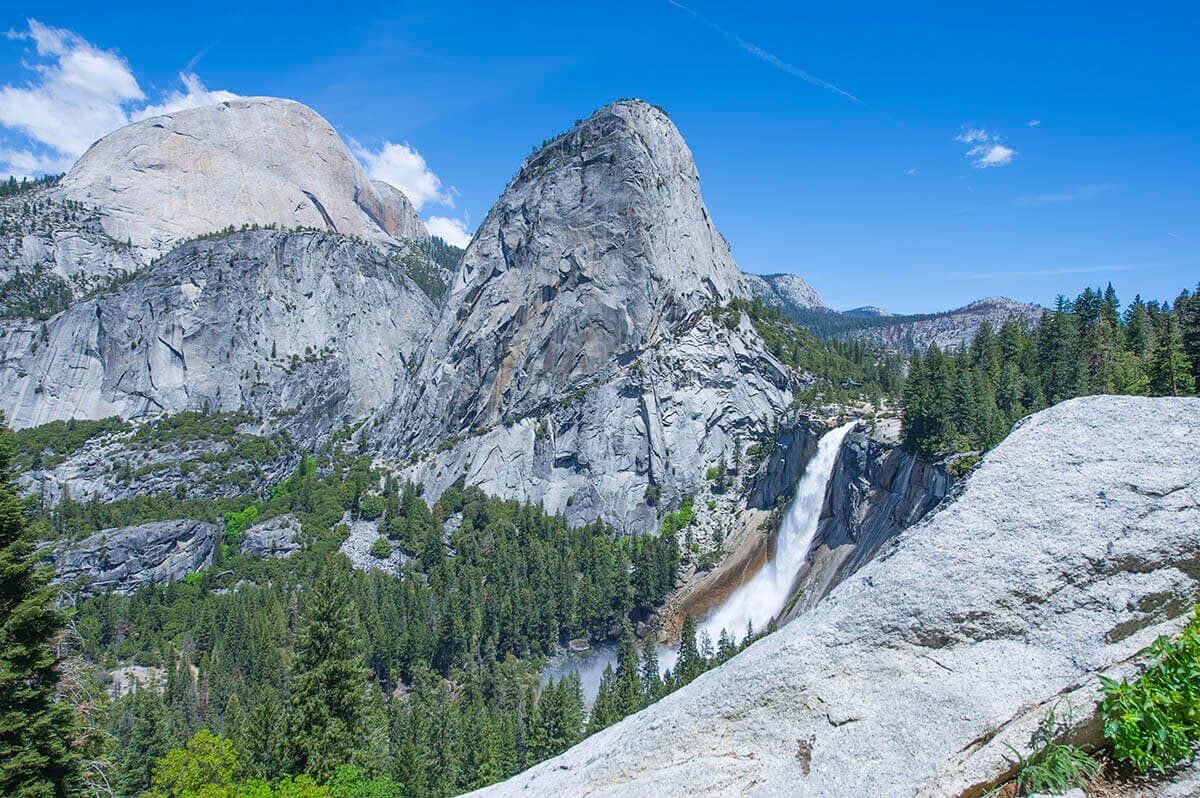
The Early Life of John Muir
John Muir was born in Dunbar, Scotland, on April 21, 1838, to a large family. The third child of eight, John grew up in a relatively strict home. In 1849, when John was 11 years old, the Muirs made their way towards the U.S., purchasing farmland near Portage, Wisconsin. John’s father, Daniel Muir, required him to work long hours on the farm which left little time for him to read and study. As a rigid and disciplinary man, Daniel Muir required John to memorize the Bible and maintain a demanding schedule on the farm.
After some time, though, his father agreed to let John rise earlier than the rest of the children, so he could study in the early morning before it was time to complete his rigorous work on the farm.
To accomplish this in a time before alarms, John Muir invented an “early-rising machine” that quite literally dumped him out of his bed at one o’clock in the morning, every morning. He introduced this invention at the Wisconsin State Fair in 1860 along with a horse feeder, a table saw, and even a wooden thermometer.
While better known for his philosophies on nature and dedication to the preservations of land, Muir’s inventions were yet another component to his complex, creative and individualistic mind. In his later years, this would show up in his drawings, descriptions and doctrine regarding his perspective on nature’s meaning and humanity’s bond to it.
In 1861, John Muir began attending the University of Wisconsin. While John made decent grades, his passions lied in the exploration of everything from meadows and woods to oceans and rainforests. Muir attended the University of Wisconsin for about three years, leaving the school to study botany and the wonders of all the natural world had to offer, obtaining odd jobs to support his work and travels.
While working one of these jobs at a factory in 1867, John suffered an eye injury that left him blind for a period. This devastating incident solidified his passions for the beauty of nature, and after regaining his sight, John Muir devoted the rest of his life to not only fighting for the beauties that the world had to offer but seeing all that he could through his explorations of it.
Following this accident, John Muir would walk from Indiana to Florida, sail to Cuba, New York and Panama, and eventually make his way to San Francisco. Throughout these travels, Muir created detailed sketches of the terrain and scenery, offering some of the first known accounts of these landscapes. Here, he began to describe nature in a way that caused people to take a second glance at the outdoors. Although ironically enough, he was not particularly fond of writing despite its central role in his life’s work.
John Muir Fighting for Yosemite Valley
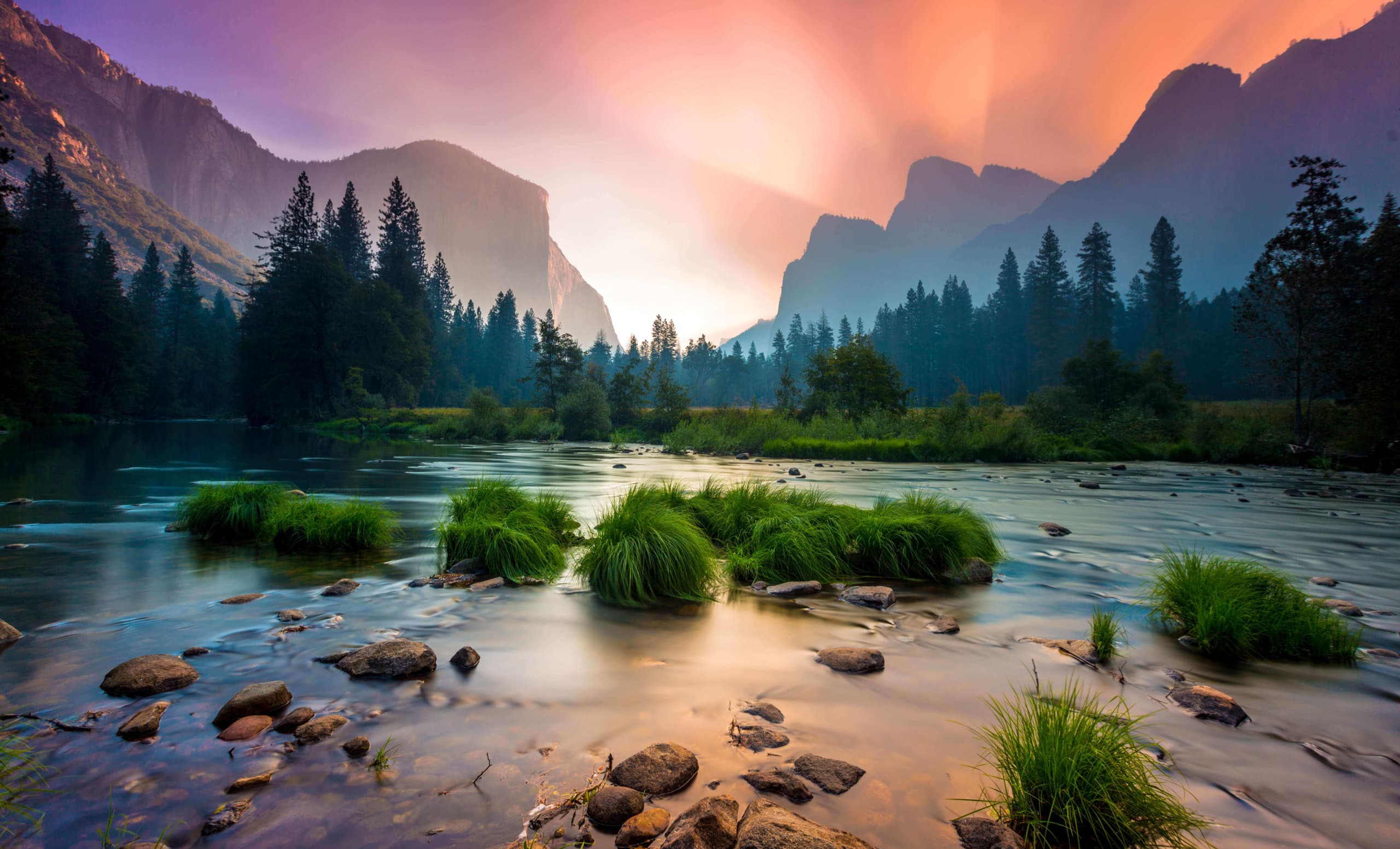
In 1868, after making his way to California, John Muir found work as a shepherd and laid his eyes on the Yosemite Valley for the first time. He was particularly fond of Yosemite Valley and his experience as a shepherd helped shape his view on local ranchers that he saw could easily destroy the delicate and pristine beauty of the region through domesticated livestock. He began writing articles in defense of the land and preservation of the valley.
In the early 1870s, his ecology focused articles and keen observations made way for groundbreaking theories that had not even been considered at the time. His published essays praised the nature of the land and would unceasingly explore humanity’s relationship to it. John Muir highlighted specific landscapes with such detail that his works helped to spark the conversation about Yosemite’s geography and theorized that it could be formed by glacial activity, countering previous scientific arguments.
Muir’s essays helped establish Yosemite National Park in 1890 and were the main force behind the creation of parks for the Sequoia regions and the Grand Canyon.
John Muir’s three-night camping trip with Theodore Roosevelt in 1903 before his final excursion to the Amazon shaped the president’s own connection and ideologies to nature. Guided into the Yosemite wilderness by John Muir himself, the president and Muir began their journey at Mariposa Grove. This excursion included Sentinel Dome, Glacier Point and Yosemite Valley, as well as other important areas in Yosemite National Park that Muir wanted to share with President Roosevelt.
Their discussions during this iconic trip prompted the presidential signature on the Yosemite Recession Bill in June of 1906, which withdrew the Mariposa Grove of Giant Sequoias from state protection and put them under federal protection, making them part of Yosemite National Park. Later in his presidency, President Roosevelt would sign into existence five national parks, 18 national monuments, 55 national bird sanctuaries and wildlife refuges and 150 national forests. We have Muir’s influence on the president to thank for these many preservations and more, as Muir went on to start what is still the largest grassroots environmental organization in the United States.
Play in and Pray in Yosemite National Park
As a man who never stopped exploring, John Muir traveled to the Amazon at 73 years old, where he took in the stunning topography and astonishing fauna that made the area so unique. Just three years later, John Muir died on December 24, 1914, in Los Angeles, California, of pneumonia.
John Muir has received several awards and distinctions throughout the entirety of his life from sharing his infectious love of nature with the world. He built reverence and appreciation towards our natural wonders that many would never discover had it not been for his own passions.
“Everybody needs beauty as well as bread, places to play in and pray in, where nature may heal and give strength to body and soul alike,” John Muir once said. His quotes and compassion for nature and philosophies on the world around us and how we interact with it, are still in use today. This quote, among others like, “Keep close to nature’s heart… and break clear away, once in a while, and climb a mountain or spend a week in the woods. Wash your spirit clean,” give readers and followers of his work the same fiery ardor for nature as he once held for it, inspiring curiosity and a drive to better understand and preserve what was here long before us.
John Muir, or “John of the Mountains,” found his true self through traveling and his time spent in nature. He was determined to protect the lands he came to know so dearly for the rest of his life.
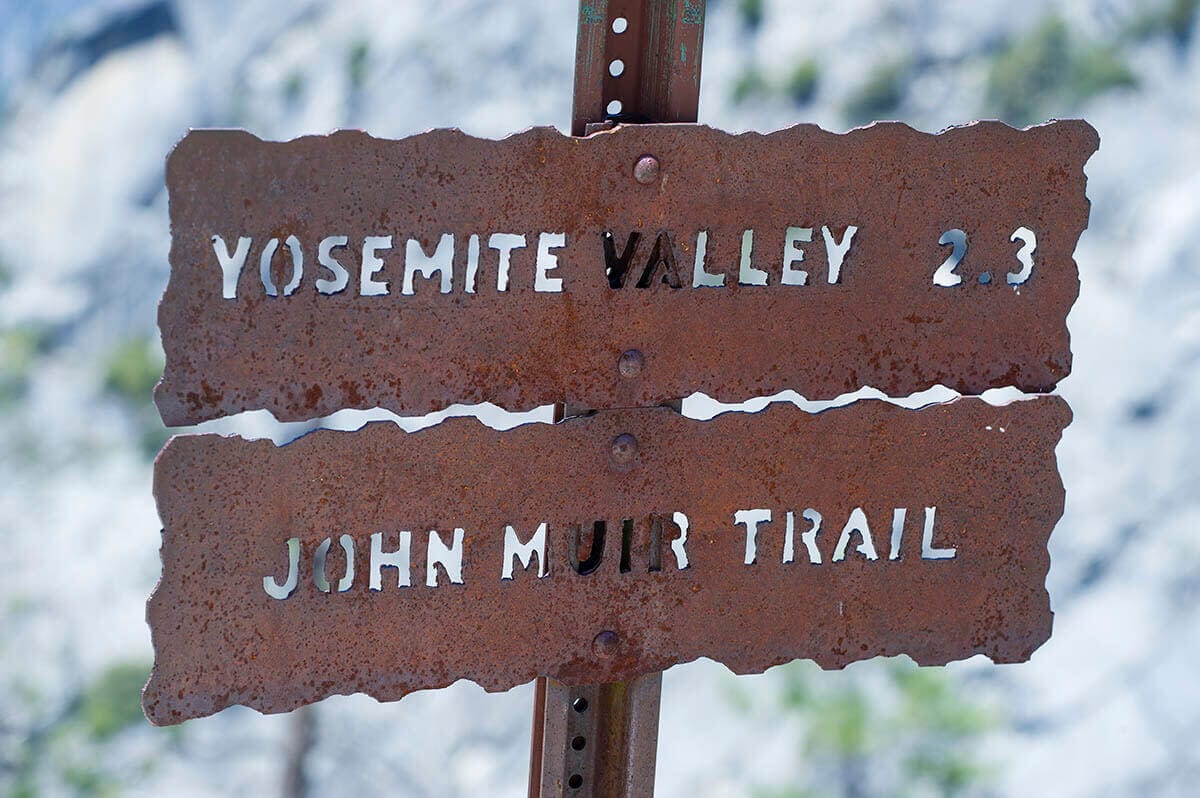
The Sierra Club
John Muir founded the Sierra Club in 1892, whose main goal was to “do something for nature and make the mountains glad.” The Sierra Club is the oldest, largest and most influential conservation organization in the United States. Muir served as the club’s president until his death in 1914, and today, the Sierra Club boasts more than 3 million members and supporters.
The Sierra Club’s work can be recognized by their involvement in helping to pass the Clean Air Act, the Clean Water Act and the Endangered Species Act. The Sierra Club protects millions of acres of wilderness and has helped to shape a conservation ethic that stands to help future generations enjoy the beauty of protected lands for years to come.
If you would like to learn more about Yosemite Valley and the Sierra Club, visit here.

